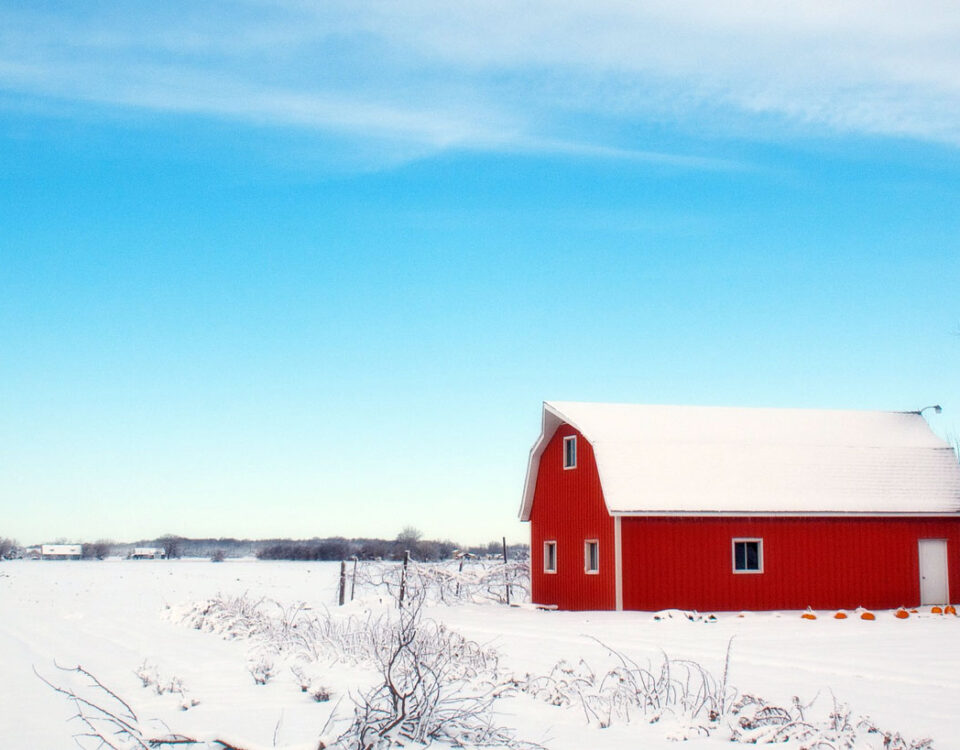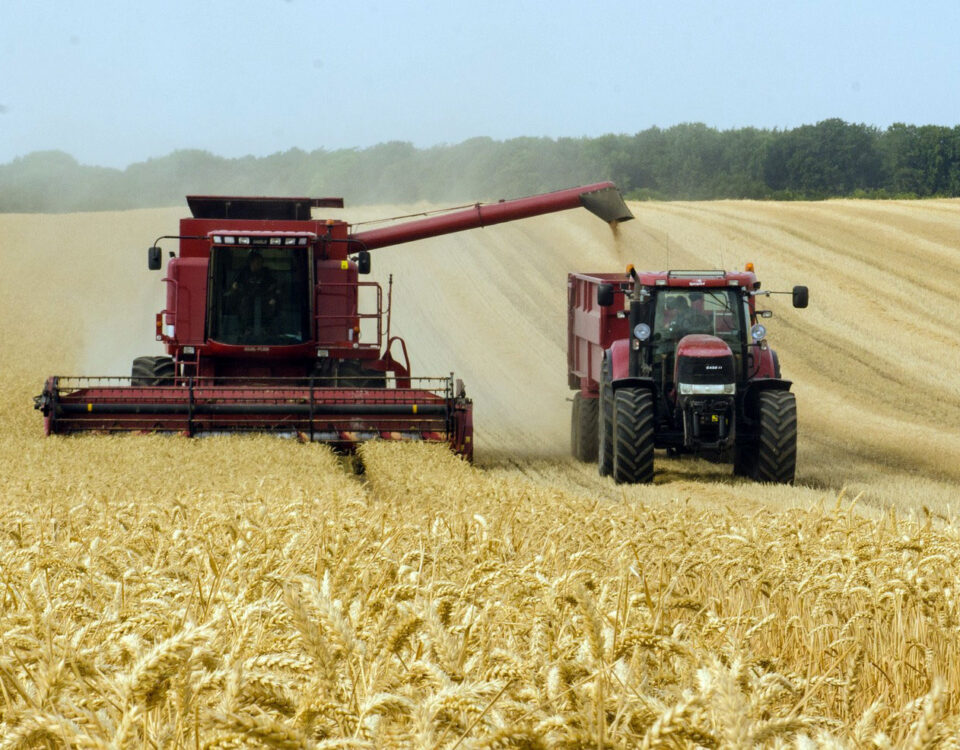MAP 11-52-0
MAP 11-52-0
 MAP 11-52-0 is also called Monoammonium Phosphate. It has an analysis of 11 units of nitrogen, 52 units of phosphate and of course 0 units of potash. It's a lower PH phosphate fertilizer, it's an excellent dry, it has a PH similar in about the 5's.
MAP 11-52-0 is also called Monoammonium Phosphate. It has an analysis of 11 units of nitrogen, 52 units of phosphate and of course 0 units of potash. It's a lower PH phosphate fertilizer, it's an excellent dry, it has a PH similar in about the 5's.
There're 2 versions of ammoniated phosphates for the most part. One is MAP and one is DAP. The common one is DAP--Diammonium Phosphate, which has an analysis of 18-46-0. A lot of fertilizer plants like DAP because it has quite a bit of nitrogen, so when they're blending these specific blends, maybe like a 15-15-15 or whatever, they've got an analysis that's pretty high already in nitrogen.
But we find that DAP is decidedly inferior to MAP, first of all because it has a high PH, and it bonds with phosphate more readily than it bonds with the calcium that's in the soil, forming an insoluble tricalcium phosphate. And when that happens, then you lose the solubility of both your phophorus and your calcium. So you end up being shorter.
The Monoammonium has much less of a problem of the phosphates tying up with the calcium. It's kind of like the Monoammonium Phosphate is a better referee, keeping the phosphates from tying up with the calcium in the soil. So whenever we recommend 11-52-0, we do not suggest substituting Diammonium with that, it's not as good.
The other problem that you have is that Diammonium Phosphate has a PH of 8 or even a little higher, so when you have soils moving up a little bit higher in PH (and a lot of soils are moving up higher in PH), you get less of a reaction of energy with a high PH fertilizer mixed with a high PH soil. You get much better release of energy by mixing a low PH fertilizer with a high PH soil. And that's what the MAP does.
We find that 100 lbs. of MAP applied per acre in a broadcast situation will supply the needed phosphates for 1 cropping season. And it probably will build your available phosphates a few pounds as well.
This is used as an adjunct to a soft rock phosphate, so if you really want to rebuild and remineralize soil, you use both of these. The MAP for the crop you're growing now, and the soft rock phosphate would be used for long term soil building so that eventually you don't have to buy the MAP or the commercial fertilizer. But if your soil indicates a low level of available phosphates, it is very prudent to supply phosphates in the soluble form in order to get a good crop so you can pay for the building of the soil in the form of soft rock. So we use them in combination. If budget is an issue, then we take the soft rock out because that is very expensive on large-scale acreage, and we just use the MAP.
You can go along year after year and whenever you're low use MAP and you'll be just fine. 100 lbs. and even up to 200 lbs. of MAP is a very small amount when you spread it out over a whole acre. It's basically like salting your food, you really don't want much, but it's amazing how just a little amount of salt makes your food taste better, it gives just enough soluble salts to improve the flavor. Well, it's the same comparison putting soluble salts out with the MAP. But again, like table salt, you don't want to overdo it and you want to have about the right amount. That right amount is anywhere between 100-200 lbs.an acre, no more than that.
We use MAP most of the time when the soil tests show less than 150 lbs. of phosphate, we'll put either 50 or 100 lbs. out.
MAP is the only commercial phosphate that we recommend for dry application. Also, the phosphate is in the "ortho" form. Polyphosphate is orthophosphate which means the phosphate molecules aren't connected to each other, they're all separated one from another in their molecular structure, so that when you put it out the plants can immediately pick it up and use it.
A very good product. Some people have been very concerned that there's some problems with MAP. We haven't found or seen any problems with the use of it when it's needed.
If you're putting fertilizers down a slot, which is not our recommendation, but if you're doing that you would typically cut your rates in half. So you would go 50 lbs. or 75 lbs., not much more than that, and that would have to be place beneath the seed about 4-5 inches so you don't burn.
The best use for building up a soil is to broadcast your fertilizers and slightly work them in, that way when the plant roots go out to search for nutrients in between rows there're nutrients there. And so strip tillage and where you place them, you're just banding nutrients either beneath the plant or beside it only, it basically depletes the area in between the row as it becomes a poverty zone for soil. So our suggestion is to broadcast MAP along with all the commercial fertilizers. Then the possibility exists to come in aand do a side dress or something like that beside the seed row, just as a stimulant to the plants as they're getting off. And you could put some bacteria and humates with it.
MAP is available by hopper bottoms, available in 25-26 ton semi load units. If you need a semi load and you want to check prices to compare them against your local coop, give Fertilizer Brokerage a call and we'll get you that information.
Fertilizers
Sign up
Receive alerts on availability of products & price changes.
International Ag Labs
800 W. Lake Ave.
PO Box 788
Fairmont, Minnesota 56031
507-236-1954







